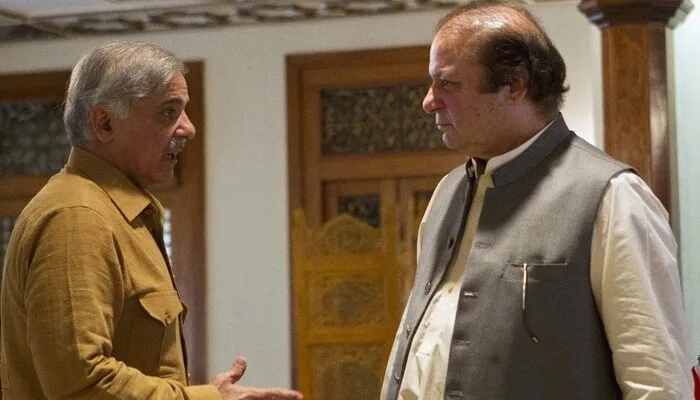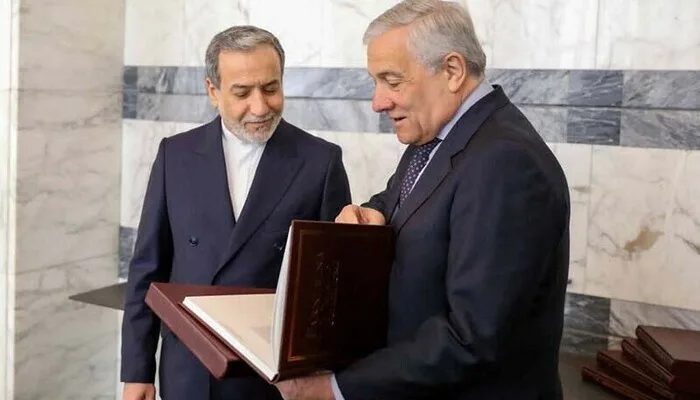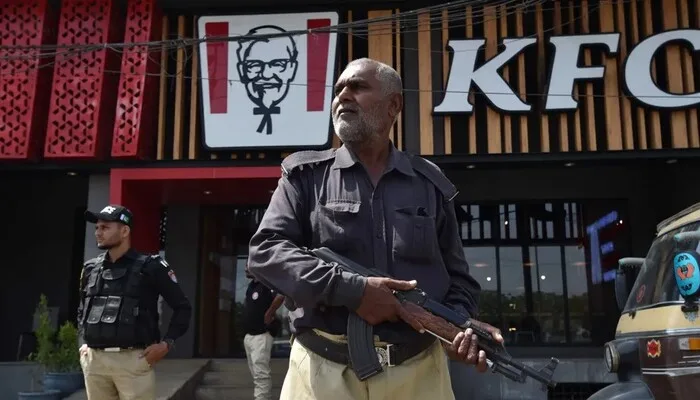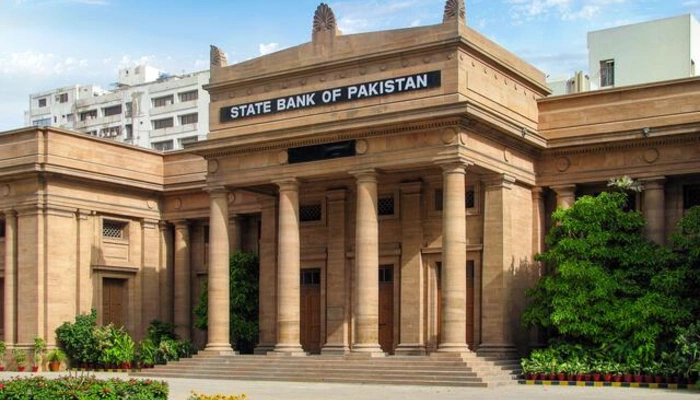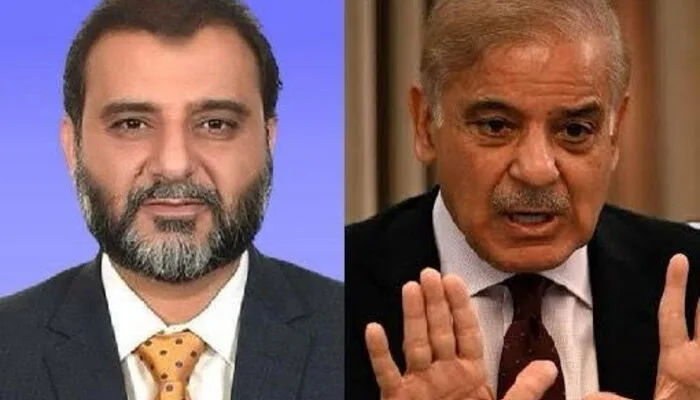Israel Escalates Strikes on Lebanon and Gaza One Year After Oct 7 Attacks
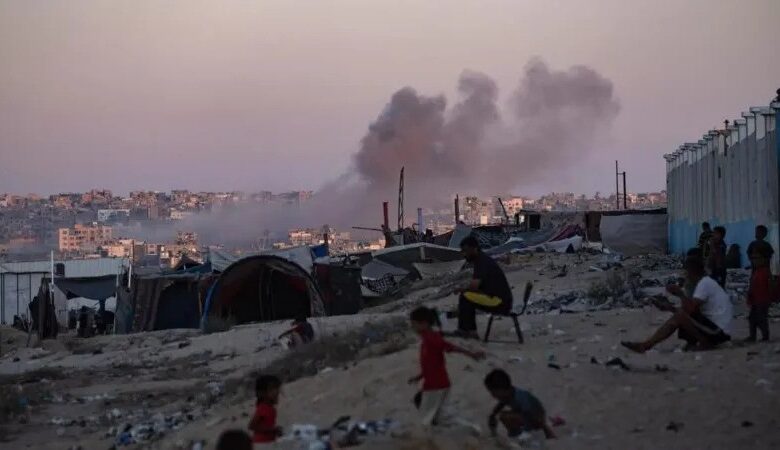
Israel bombed targets in Lebanon and the Gaza Strip on Sunday, escalating tensions as one year has passed since the tragic Oct 7 attacks. Those attacks by Hamas-led militants triggered a war that continues to devastate the region. Israel’s Defense Minister, Yoav Gallant, announced that all options remained open, including potential retaliation against Iran, a staunch supporter of Hezbollah and Hamas.
In response, Hezbollah launched rockets late on Sunday, breaching Israel’s air defense systems and striking Haifa. These attacks caused significant damage to buildings and left at least 10 people injured, according to Israeli media. Police confirmed that rockets landed in Haifa and the nearby city of Tiberias. Hezbollah claimed responsibility, stating their missiles had targeted a military site south of Haifa.
Israel’s Intense Retaliation
Israel retaliated with intense airstrikes on southern Beirut, a stronghold of Hezbollah. The strikes marked the most significant bombardment of the Lebanese capital since Israel heightened its campaign against Hezbollah. Fireballs illuminated Beirut’s skyline, with explosions reverberating across the city. The Israeli military confirmed that the airstrikes targeted Hezbollah’s Intelligence Headquarters and weapons storage facilities, along with positions in southern Lebanon and the Beqaa Valley.
These escalations take place amid a backdrop of rising regional instability. On Oct. 7 last year, Hamas militants launched rockets from Gaza, killing 1,200 people and taking over 250 hostages. The assault provoked an extensive Israeli offensive in Gaza, which has since left widespread devastation. According to Palestinian health authorities, nearly 42,000 people have been killed in the densely populated enclave.
Israel’s Economy Faces Shrinking Growth Amid War Costs
Protests Across the Globe
On the eve of this grim milestone, protests erupted across the globe. Pro-Palestinian demonstrators gathered from Jakarta to Istanbul and Rabat, with rallies also taking place in major European cities, Washington, and New York. The protests reflect growing global discontent over Israel’s continued military operations in Gaza and Lebanon.
Last week, Iran retaliated with a missile strike on Israel in response to its operations in Gaza and Lebanon. Iran, which supports both Hezbollah and Hamas, is part of the “Axis of Resistance” against Israel. As tensions grow, Israel has vowed to secure the safe return of thousands of its citizens displaced from the north. Despite fears that this could lead to a full-scale regional war, Israel remains resolute in its actions.
Defense Minister Gallant reaffirmed Israel’s stance on Sunday, stating that the country would make its own decisions on how to respond to Iran’s provocations. Gallant, scheduled to meet U.S. Defense Secretary Lloyd Austin, declared, “Everything is on the table.” He highlighted Israel’s ability to strike targets both near and far, emphasizing the nation’s military capabilities.
While the U.S. has expressed caution regarding Israeli strikes on Iranian nuclear sites, President Joe Biden recently revealed that attacks on Iran’s oil infrastructure were under discussion. Despite these complexities, Israel continues to pursue its military objectives, even as calls for restraint grow louder.
On Sunday, the U.S. issued a warning, noting that while military pressure can enable diplomatic efforts, it also risks miscalculations that could further destabilize the region. Israel, however, has disregarded proposals for a U.S.-backed ceasefire, pressing forward with its ground operations in Lebanon. As the conflict intensifies, fears of greater escalation continue to mount.
Follow us on Google News, Instagram, YouTube, Facebook,Whats App, and TikTok for latest updates



